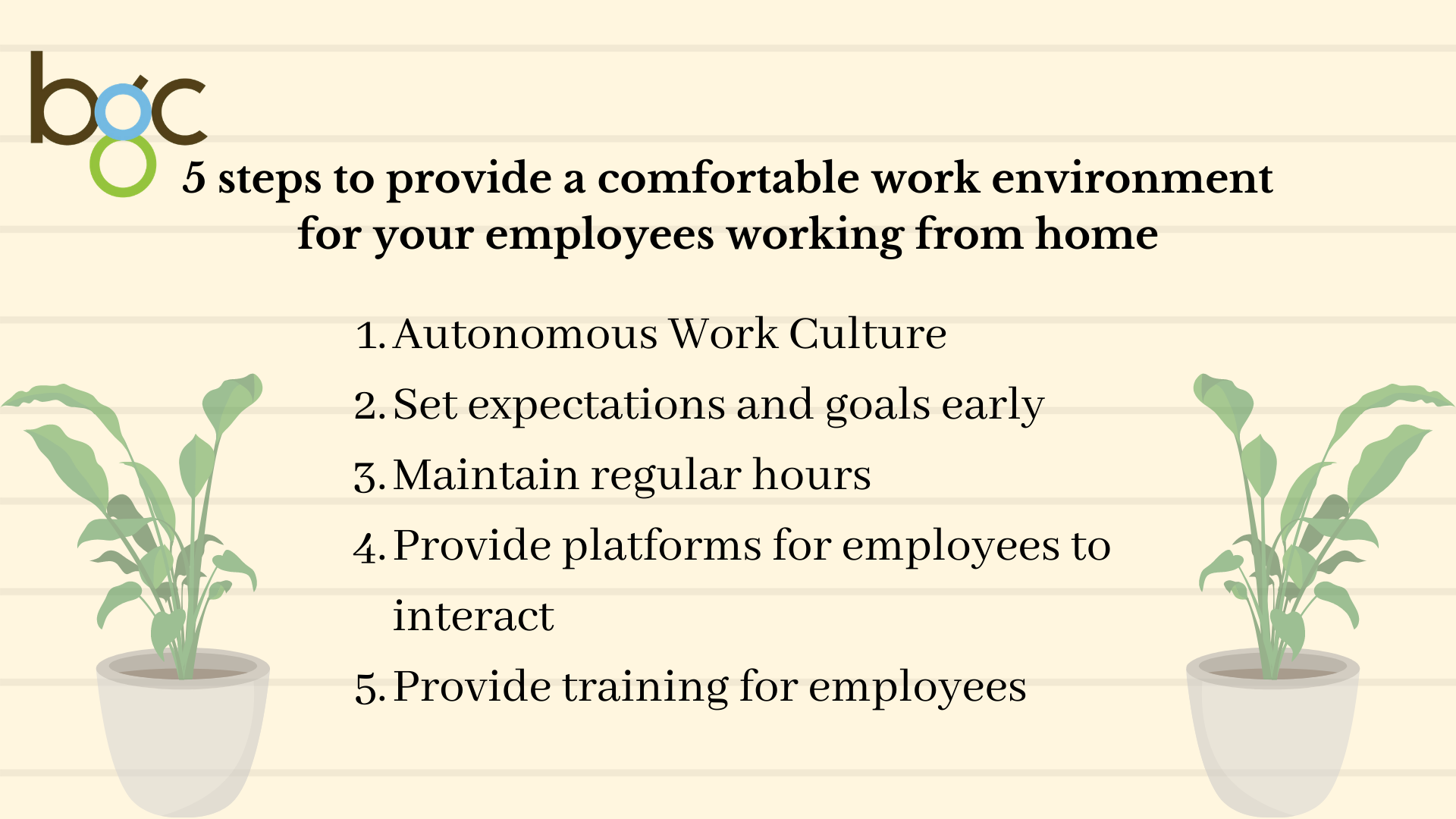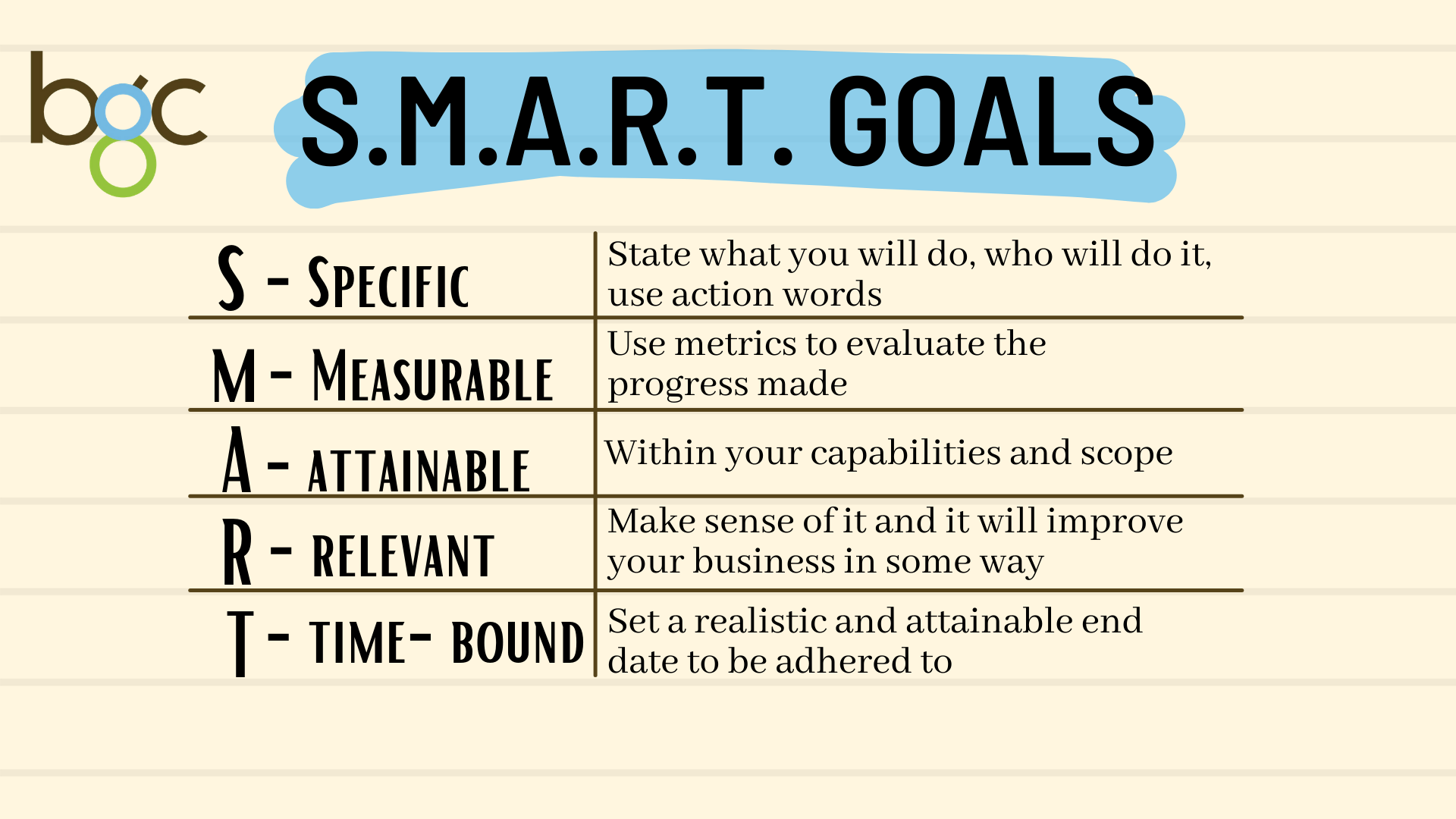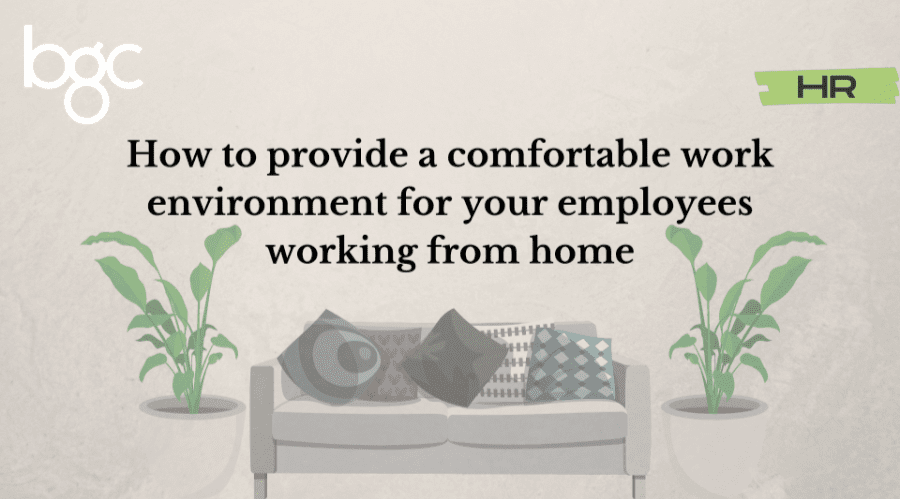In May 2021, the Singapore government announced that working from home is mandatory again. It is of utmost importance that all of us adhere to this, as it is to prevent the further spread of the COVID-19 virus in our homeland. Many of us were not fazed by the repeated change in the work environment which was mirrored by the issues faced during Circuit Breaker in 2020. In fact, many are seen to be adapting well and are starting to see the benefits of working from home. In a survey conducted by Channel News Asia, it shows that 59% of Singaporeans are not comfortable returning back to their offices.
Despite the benefits of working from home, many companies are still concerned about the productivity and wellbeing of their employees, and how it would affect the company. It is imperative that companies seek options to raise the morale of their employees, as working from home is predicted to be the new normal for the long run.
One of the ways that companies can manage their employees’ productivity and wellbeing while working remotely from home is to provide them a comfortable virtual working environment. As an HR outsourcing company, we believe that providing employees with a comfortable work environment is essential to productivity. This can be achieved in 5 simple steps.

Autonomous Work Culture
By providing employees with more flexibility and responsibility for their own work, employees will be inclined to feel that they are trusted and valued. Employees would be more motivated to work, as they feel accountable for the projects that are under their charge and feel the need to perform at their best.
This can be achieved by having an autonomous work culture, which can be attained by having clear communication within the organisation, creating a vision and mission, and allowing employees to take control of their own projects and work by avoiding micromanaging them.
Set expectations and goals early
To allow employees to work independently and have more flexibility, it is important that employers set their expectations for the upcoming projects early. Employers can do this by adopting a process, known as the Control Process system to better manage the expectations.

This system is often used with Specific, Measurable, Attainable, Relevant, and Time-bound (SMART) goals. SMART goals allow employers and employees to understand and visualise the end goal of the project easily and ideas to be communicated freely amongst parties.

As an HR company, an example of SMART goals would be to increase the percentage of employees who express they experience positive work from home environment from 75% in 2020 to 85% in 2021.
Maintain regular hours
When employees work from home, the boundaries between their working and personal hours are blurred. This can affect employees psychologically, such as increased stress caused by the internal notion of never-ending work and external factors such as the economic uncertainty caused by the pandemic.
Employers can do certain things to reassure their employees.
Remind them that it is good enough to work only during the stipulated working hours, especially to employees who have the habit of working overtime
Discourage employees from working past the working hours by encouraging work-life balance
Review the workload to ensure that work-life balance is achievable.
Provide platforms for employees to interact with each other freely
It is important to remember that human beings are social creatures, despite the pandemic. As such, it is important to attain support from friends, family, and colleagues. Employees often feel lonely and stress from the lack of interaction and sharing of similar predicament at work.
By providing a proper platform for employees to interact with each other freely and with ease, this will promote
Positive feeling
A sense of belonging
Social cohesiveness.
Employees then can provide each other support and help whenever needed, as a result, improving their own mental health, and indirectly improving their productivity.
Provide training for employees
By providing training for the employees to learn how to better utilise the internet and technology to their own advantage, they can gain technological independence.
Training can include:
How to better use the video conferencing services available
How to use the internet safely
How to troubleshoot common IT issues
After all, while working remotely, it might be harder to seek help with technical issues compared to working at work where the IT team readily available. Together with the enhanced knowledge of handling the platforms and services, employees would have a heightened sense of achievement and a greater sense of belonging in the organisation.
In addition, learning and development classes can be provided for the employees to develop and upgrade themselves on their skills. This also serves as a platform for all to identify weaknesses and provide learning opportunities. As a result of training, employees will be more equipped to handle challenges that they may face at work, hence improving morale and job satisfaction.
Liked what you read? Check out our other articles, ‘How to stay positive when working from home in Singapore’, over at our blogs! Comment down below and share with us how you make your work from home environment comfortable for you.
Read more: How To Keep Your Remote Employees Engaged in 2021
